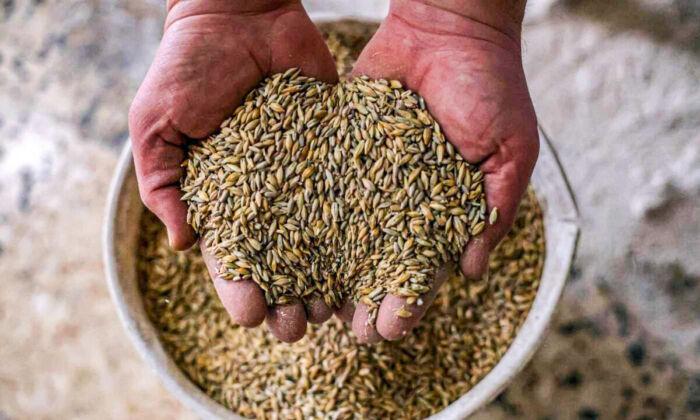U.S. wheat prices climbed for the second consecutive day amidst reports that more sanctions are being considered against Russia for its ongoing war in Ukraine and alleged crimes against the civilian population.
U.S. wheat futures registered its lowest closing price in a month on April 1 at $9.84 per bushel. After rising on Monday, it is now trading at around $10.55 per bushel as of 13: 55 UTC on April 5, an increase of over 7 percent from Friday’s close. Talks of additional sanctions on Russia are pushing up wheat prices.
“We’re tightening the existing sanctions. We’re adding new ones. We’re doing it in full coordination with Europeans and other partners around the world. And one of the results is that the Russian economy is reeling,” Blinken said.
Imposing more sanctions on Russia will likely restrict the country’s exports of wheat while the ongoing war will prevent Ukraine from cultivating a large portion of its eastern regions. As Black Sea ports are closed, shipments from Ukraine have stopped.
Though Ukraine’s agriculture minister said that he hopes for “quite a large harvest” of grain this year and expressed hopes that the country will be able to export the grain, he warned that prices will continue to climb as long as the war persists.
In America, farmers have planted two percent of intended acres and three percent of spring wheat acres as of April 3, according to the U.S. Department of Agriculture (USDA). Only 30 percent of the winter crop was graded good-to-excellent, a decline of 13 points from last year.
Wheat stocks in the country fell to their lowest level in 14 years as of March 31 at 1.025 billion bushels. The USDA also reported that spring wheat plantings were projected to fall to 11.2 million. All these factors are also adding upward pressure on U.S. wheat prices.





